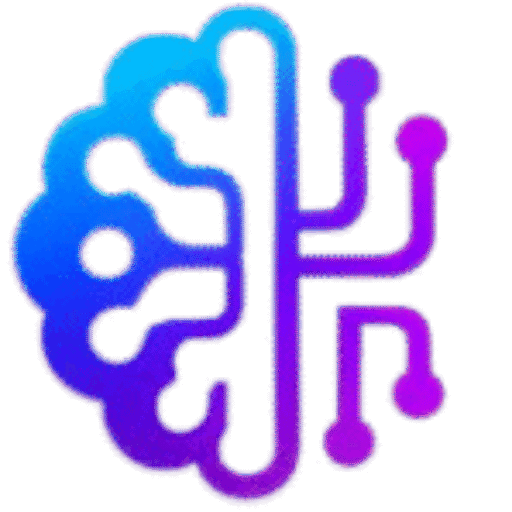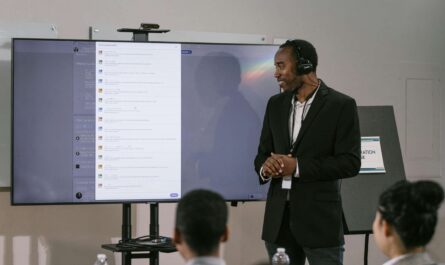How to Use AI for User Persona Development
Introduction: Why User Personas Still Matter
No matter how fast design trends change, one thing stays the same—you can’t build a product people love if you don’t know who they are.
User personas help teams understand who they’re designing for: their goals, challenges, and daily habits. But creating good personas takes time, research, and sometimes lots of guesswork.
This is where AI can help.
Instead of starting from scratch or relying on outdated templates, smart AI tools can analyze data, spot patterns, and even generate detailed user personas for you—saving time and making your insights more accurate.
What is an AI-powered user persona?
An AI user persona is just like a classic persona—a fictional profile based on real user data — but it’s created (or enhanced) using artificial intelligence.
AI tools can:
- Gather user data from surveys, CRM, or website analytics
- Analyze behaviors, trends, and demographics
- Suggest common goals, pain points, and motivations
- Create clear summaries and visuals for your team
This means your personas are no longer guesswork—they’re data-driven.
Step 1: Gather Real User Data
Before AI can help, you need input data.
Here’s what you can feed your AI tool:
- Website or app analytics (Google Analytics, Hotjar)
- Social media insights
- Customer surveys and interviews
- Support chat transcripts
- CRM data or sales records
The more real data you give, the better your AI output will be.
Step 2: Pick the Right AI Tool
Some tools are made specifically for persona creation. Others are general AI analytics tools you can adapt.
Examples include:
- HubSpot’s Make My Persona: Semi-AI, guided persona builder.
- Delve AI: Connects to your Google Analytics to auto-generate personas.
- Crystal Knows analyzes: LinkedIn or CRM data to reveal user traits.
- ChatGPT + Sheets: Use AI to cluster and summarize user data.
Choose one that works with your data source and fits your budget.
Step 3: Let AI Generate Draft Personas
Once you connect your data, let the AI do its thing:
1️⃣ Analyze the inputs.
2️⃣ Find common user groups.
3️⃣ Identify age, location, device use, and habits.
4️⃣ Suggest goals, frustrations, or buying triggers.
Most tools then give you a draft persona card—like
- Name: “Busy Freelancer Ben”
- Age: 28–35
- Goals: Find flexible tools, save time, and boost income.
- Frustrations: complicated onboarding, hidden fees.
- Favorite channels: mobile, social, and YouTube.
Step 4: Review, Edit, and Humanize
AI is smart, but you know your audience best.
✔️ Check the details: Do they make sense for your market?
✔️ Add emotional context: Add quotes from real users.
✔️ Customize visuals: Use photos that match your audience’s vibe.
✔️ Validate with your team: Share with marketing, product, or support for feedback.
Step 5: Keep Personas Alive
Personas shouldn’t sit in a folder for years. Use AI to keep them fresh:
- Update quarterly: Re-run the AI on new data.
- Spot changes: Are customer needs shifting?
- Test assumptions: See if your product fits new trends.
This keeps your designs user-centered and relevant.
Real Example: How a SaaS Startup Used AI Personas
Imagine a small SaaS startup wants to expand into Europe.
They connect Delve AI to their website traffic.
The tool shows that 45% of new users are mobile-first freelancers in Germany and the Netherlands — something they didn’t know.
They build a new persona: “Remote Freelancer Frieda” — and tweak landing pages and ads just for her.
Result? 30% higher sign-ups in three months.
AI + Human = Better Personas
AI won’t replace human insight — it makes it better.
Use AI for the heavy data work, then add your team’s empathy and context.
The result? Personas your team actually uses — and designs that really connect.
Quick Recap: How to Use AI for Personas
✔️ Gather real user data
✔️ Pick the best-fit AI tool
✔️ Let AI generate draft personas
✔️ Review & humanize them
✔️ Update them often





